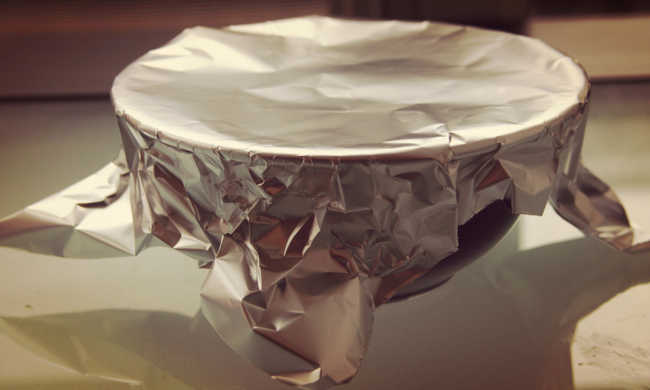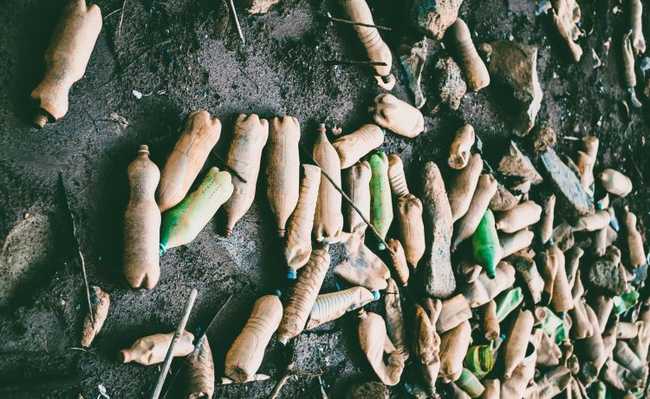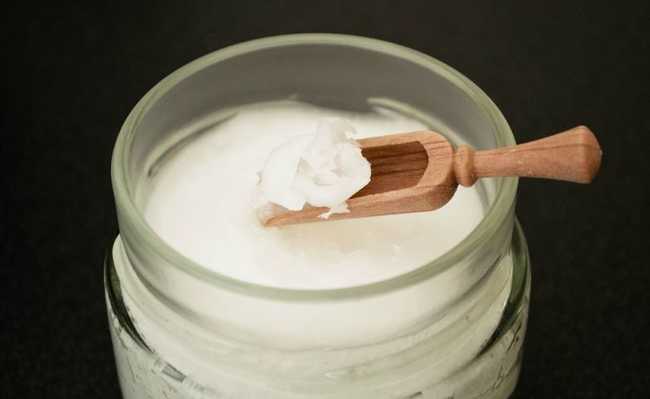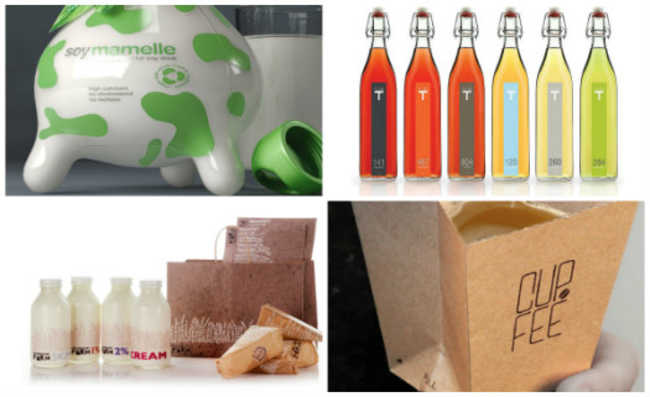Packaging for cleaning products: types and how to dispose
Plastic packaging for cleaning products is mostly recyclable and must be disposed of correctly

Cleaning product containers are made from a variety of materials, primarily plastic. The packaging of cleaning products in plastic packaging contributes to their preservation for a longer time, avoiding premature disposal. In addition, these packages are light, informative, have possibilities of design that make them easy to handle and most are recyclable, which allows the plastic to return to the production cycle. The problem is when they escape into the environment. Once improperly disposed of, these packages can cause unpleasant social and environmental impacts. The best way to avoid this scenario is to practice proper disposal. Understand:
what are they made of
Cleaning product packaging can be composed of cardboard, polypropylene plastic (PP), high density polyethylene plastic (HDPE), low density polyethylene plastic (LDPE), PET and others - this includes mixing these types of plastic with others materials such as aluminum.
- Know the types of plastics
With the exception of packaging containing aluminum and cardboard (commonly found as components of layered packaging), plastic packaging for cleaning products is thermoplastic. This means they are recyclable as, when heated, their chemical properties are unchanged and the material can be molded into other shapes.
- Plastic recycling: how does it happen and what does it become?
Cardboard and aluminum are also recyclable - the latter even infinitely. Although it is not so common in the case of cleaning products, aluminum can be found in some packages as a component of one of its layers. This makes it necessary to separate the layers of the different types of material that make up the packaging to enable its recycling. This type of packaging usually has a metallic appearance on the inside and a matte outside, resulting from the union of an aluminum layer with a biaxially oriented polypropylene plastic (BOPP) layer.
Packaging for soap powder, in general, usually has cardboard as its main component, a material that, in addition to being easily recyclable, is biodegradable.
The detergent, fabric softener, liquid soap, multipurpose, bleach, bleach and disinfectant packages have a composition that varies according to the part of the package. While the lid and label of an all-in-one can be made of PP (polypropylene), for example, the part of the packaging that stores the contents can be found in PET or HDPE, all of which are recyclable.
- what is biodegradation
More rare, some aerosol cleaner packages, such as dust cleaners, are made of aluminum or steel. They are also recyclable, requiring special handling precautions that you can see in the article: "Are aerosol cans recyclable?".
When in doubt about the composition of the package, try to observe its label or external background in search of the triangle of three arrows that symbolize recycling.- Recycling symbol: what does it mean?

When the packaging consists of other materials, such as cardboard or aluminum, look for the generic recycling symbol (the triangle of arrows without the number), which indicates that the packaging is recyclable. The number inside the arrows is only valid for materials made of plastic. The classification “others” is typically used for products made from a combination of various types of plastic.
Why dispose correctly
Thermoplastics make up the majority of cleaning product packaging and can be made either from a fraction of petroleum called naphtha or based on renewable sources. HDPE is an example of plastic that can be made with naphtha (a non-renewable source) or with green plastic, a resin that uses sugarcane as a source.
All of them demand energy and water in their production and, with the recycling process, these demands are lower. This is also true for cardboard, aluminum and steel.
- What is ecological footprint?
Recycling is an important process that packaging for cleaning products must go through. Not only to avoid the increased demand for energy and natural resources, but also to alleviate landfills and reduce greenhouse gases emitted from material decomposition.
Packages that escape into the environment can travel long distances, cause suffocation of marine animals and absorb harmful substances (hormonal, immunological, neurological and reproductive disruptors) and bioaccumulative ones, such as POPs, until fragmented into small particles by physical and chemical action of agents such as sun, wind and rain, resulting in microplastic - a more harmful shape.
To avoid all these negative impacts that plastic can have on the environment, it is necessary to dispose of them correctly. Once you have benefited from the practicalities of the cleaning product purchased, it is important that you make sure that the packaging will not escape into the environment, preferably sending it for recycling.
How to make the correct disposal
Before disposing of your packaging, try to use the entire contents of the cleaning product. A tip is to put some water in the package when the product is running out and use it for cleaning, just as you would with the original product. This way you use the entire contents of the package, avoiding waste, and you can now throw it away clean, which facilitates the recycling process.
If the packaging is separable - has a lid, label and ring, for example -, separate and accumulate the parts of similar material to facilitate the handling service by workers of recycling cooperatives.
If you don't have time to do this sorting, no problem: the packaging can also be sent for recycling assembled the way you purchased it.
Check if there is selective collection in your city and on which days the service is provided. If not, accumulate the packages (taking care not to create an environment conducive to the development of disease vectors, such as the dengue mosquito) and send them to recycling stations. You can consult those closest to your home on the free search engine offered by eCycle portal .










